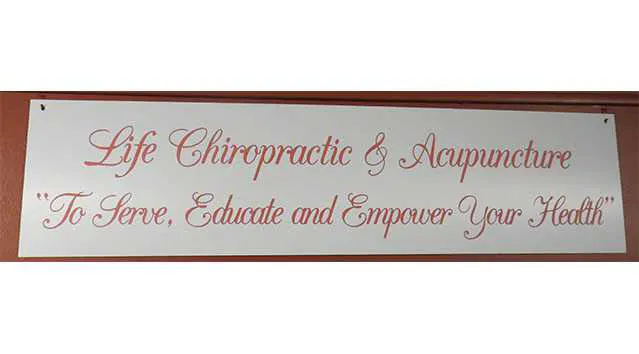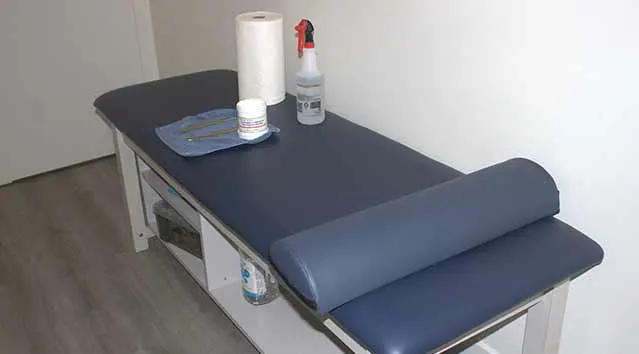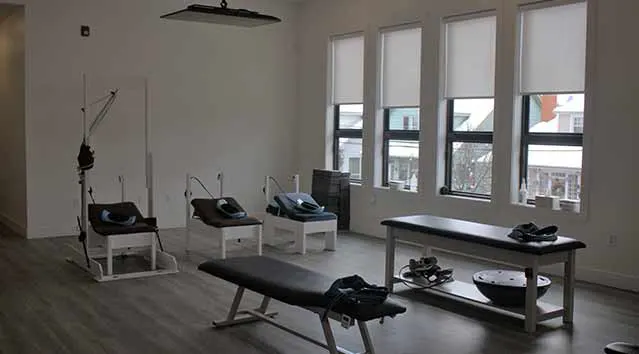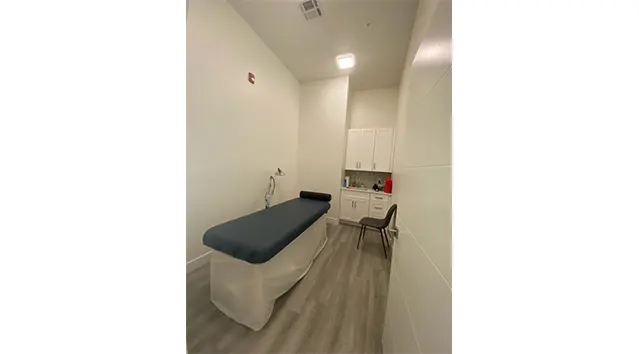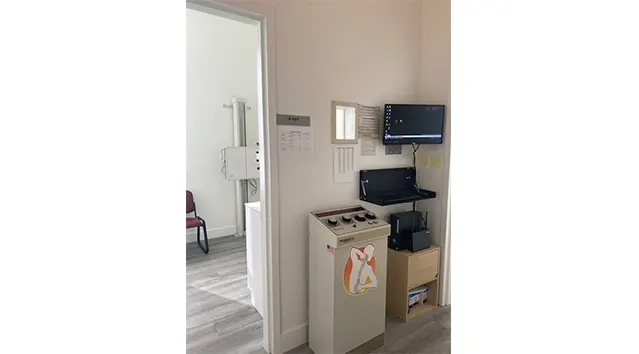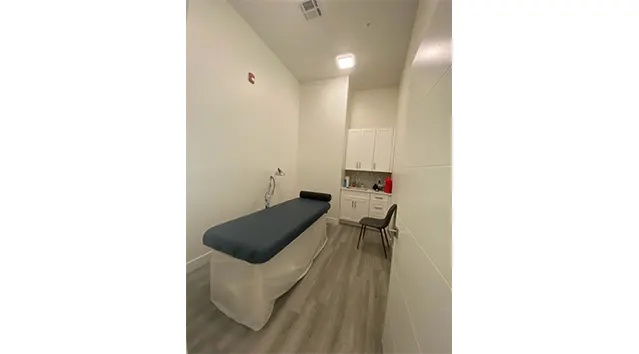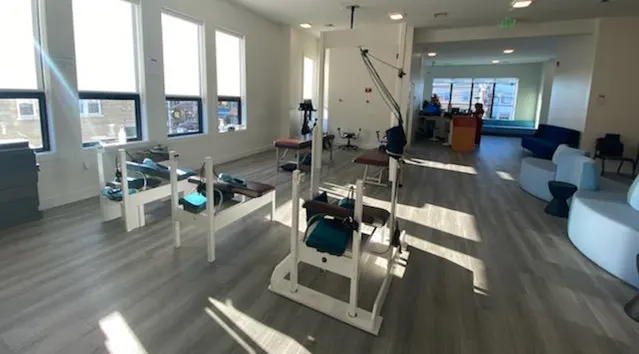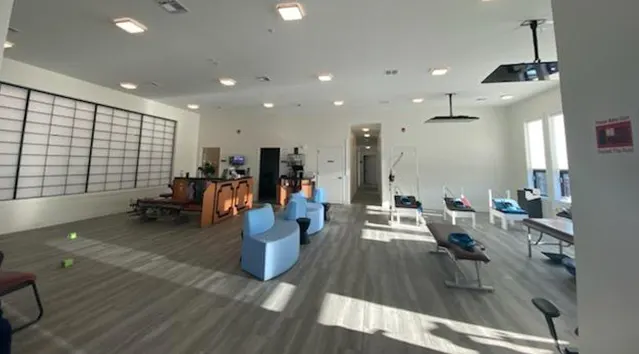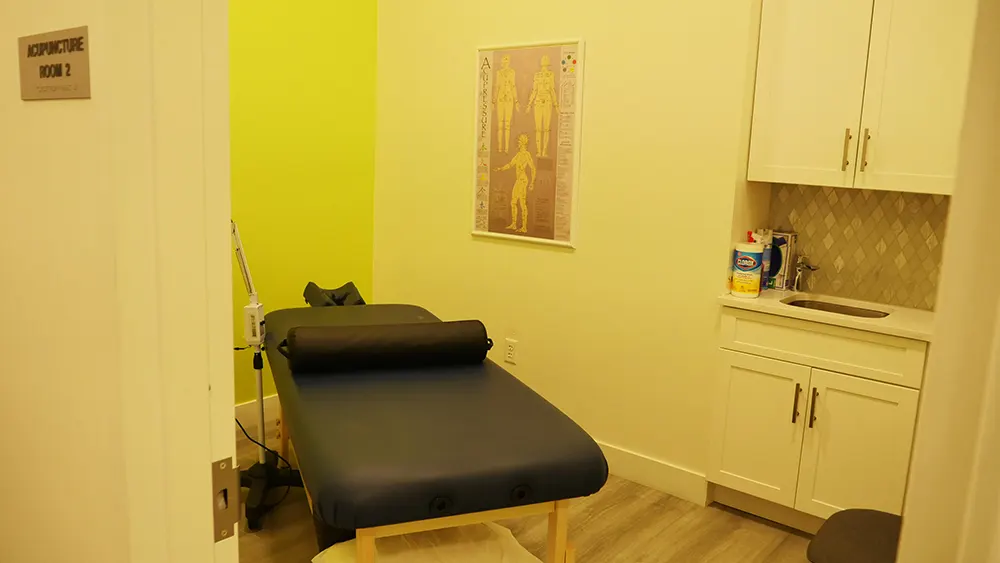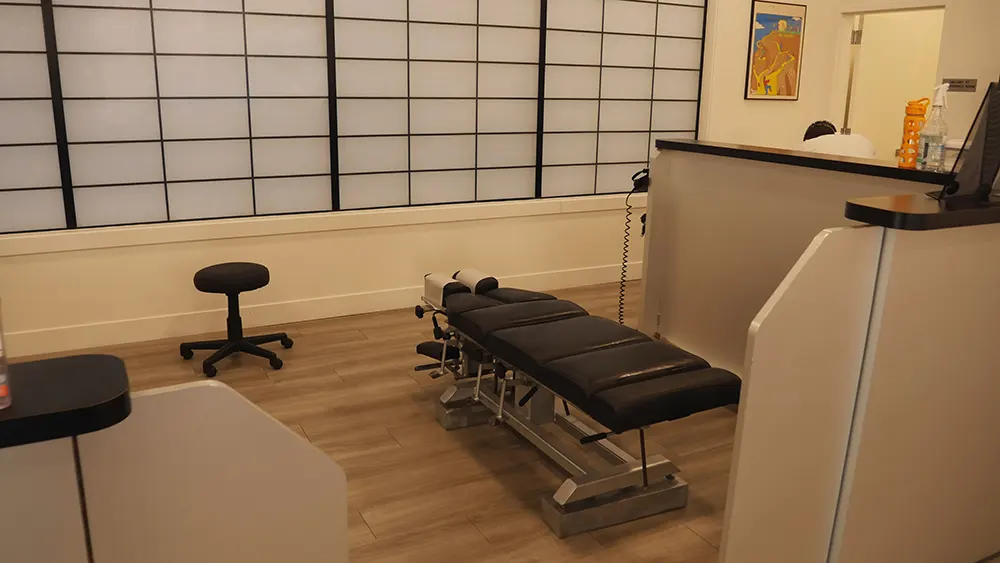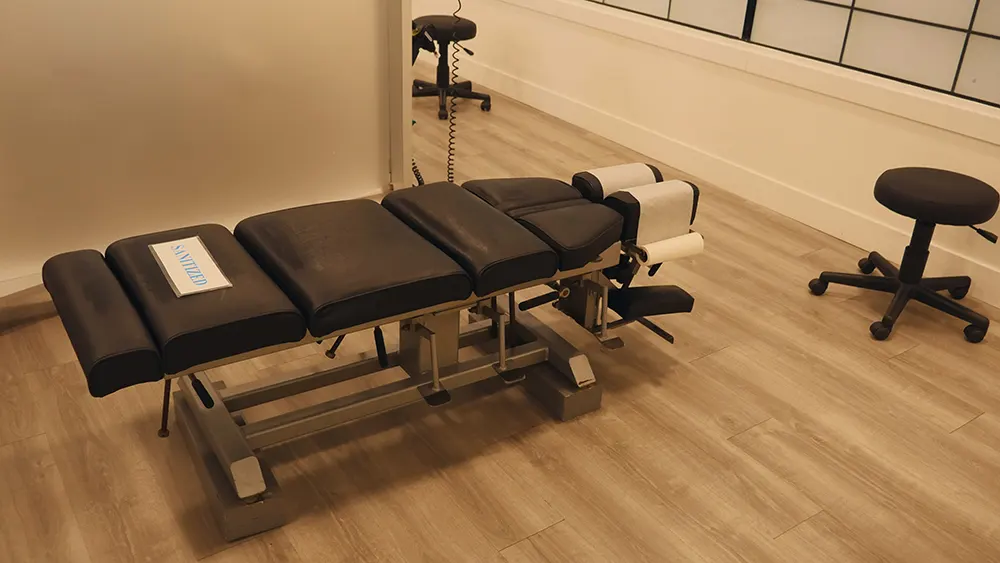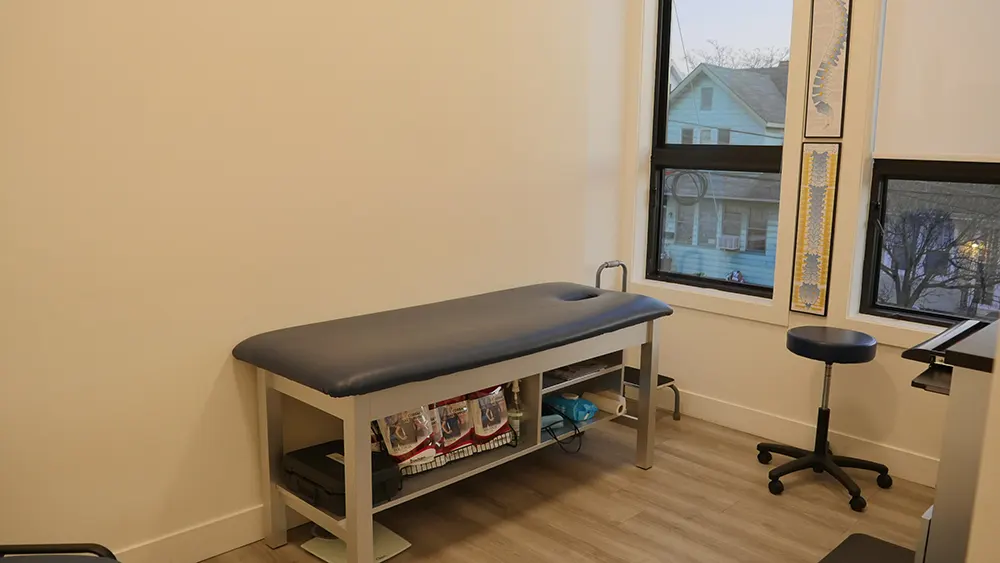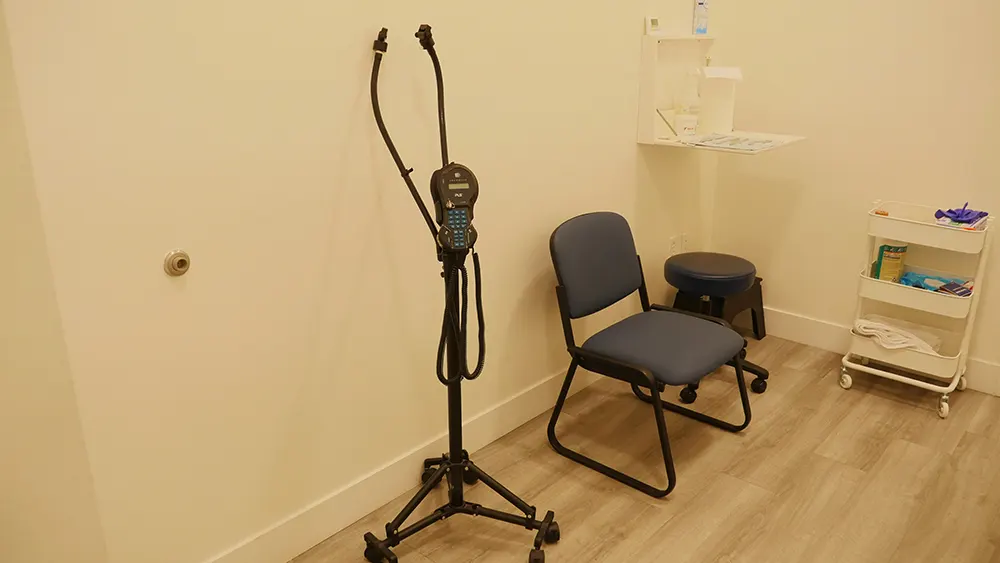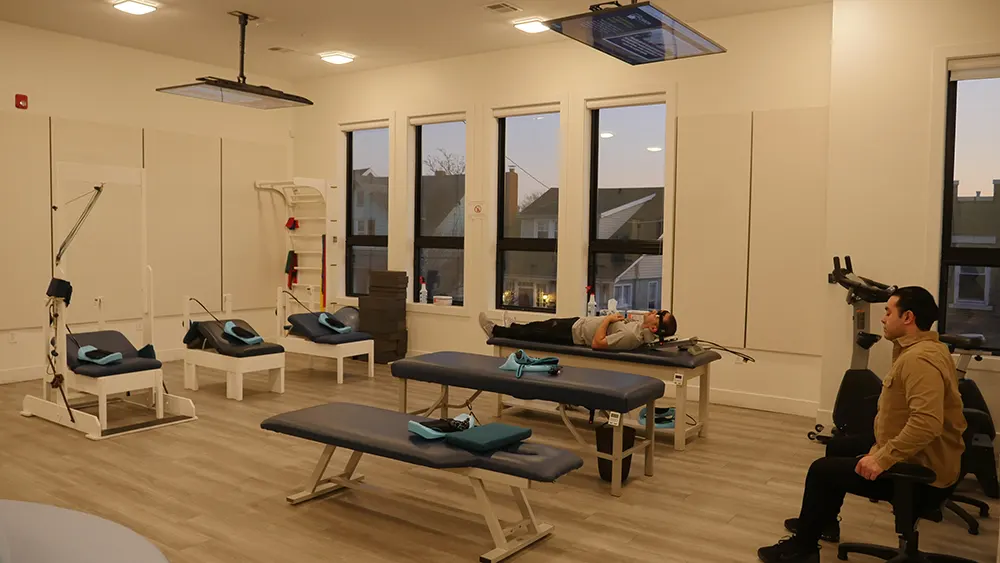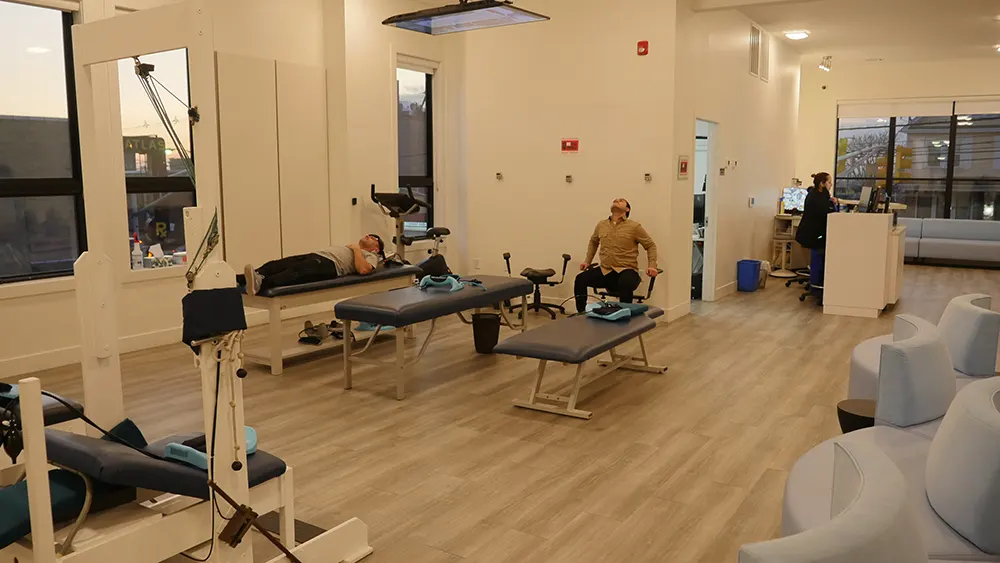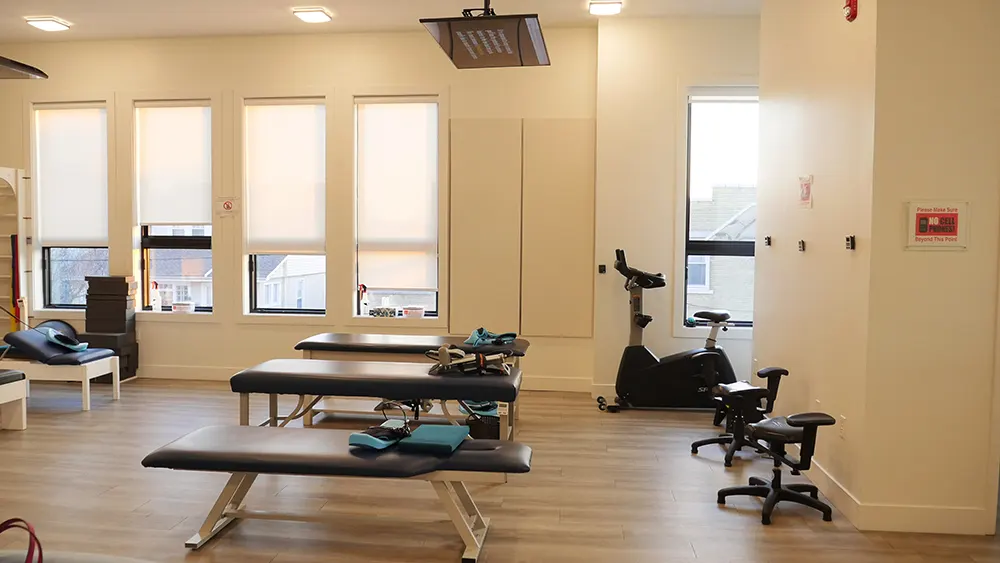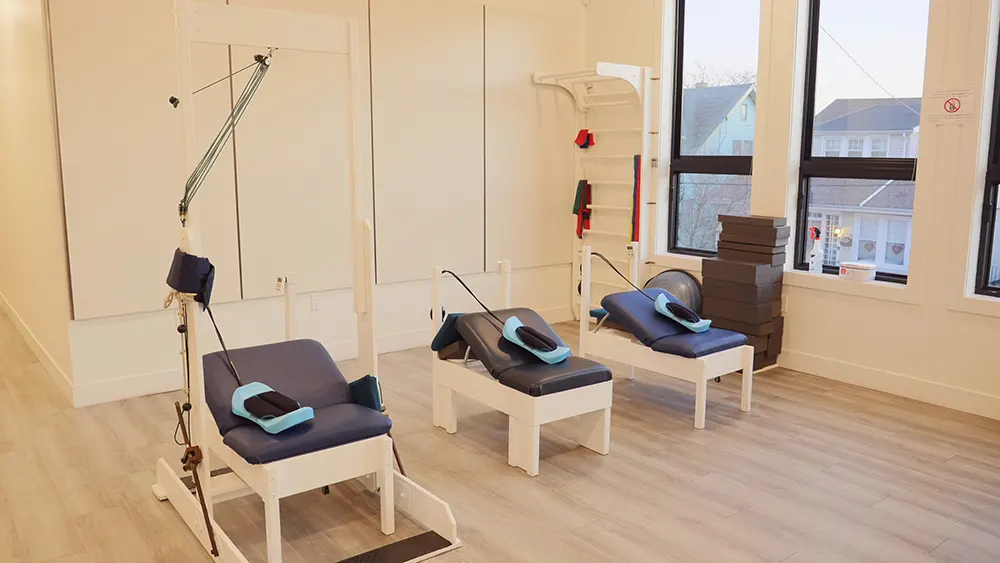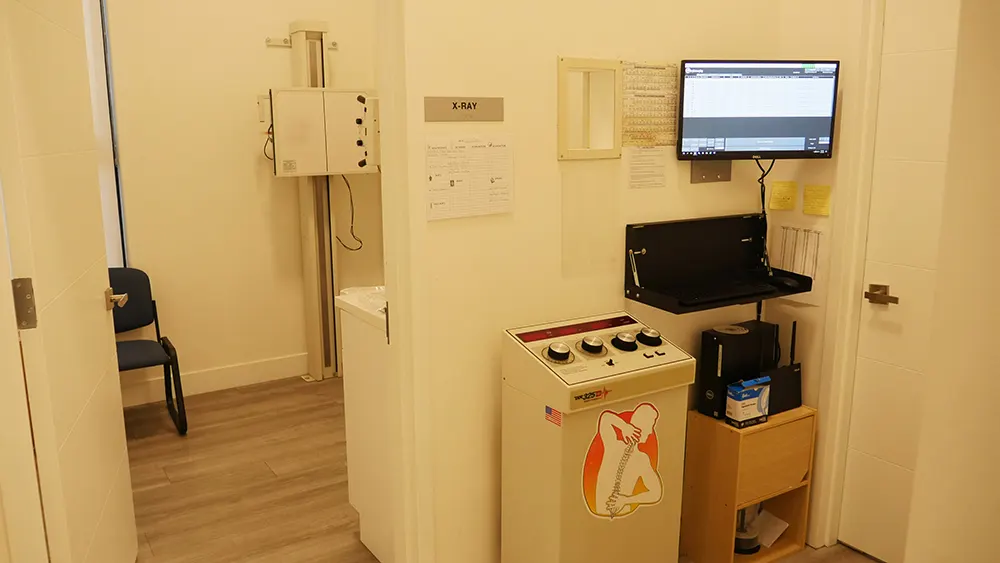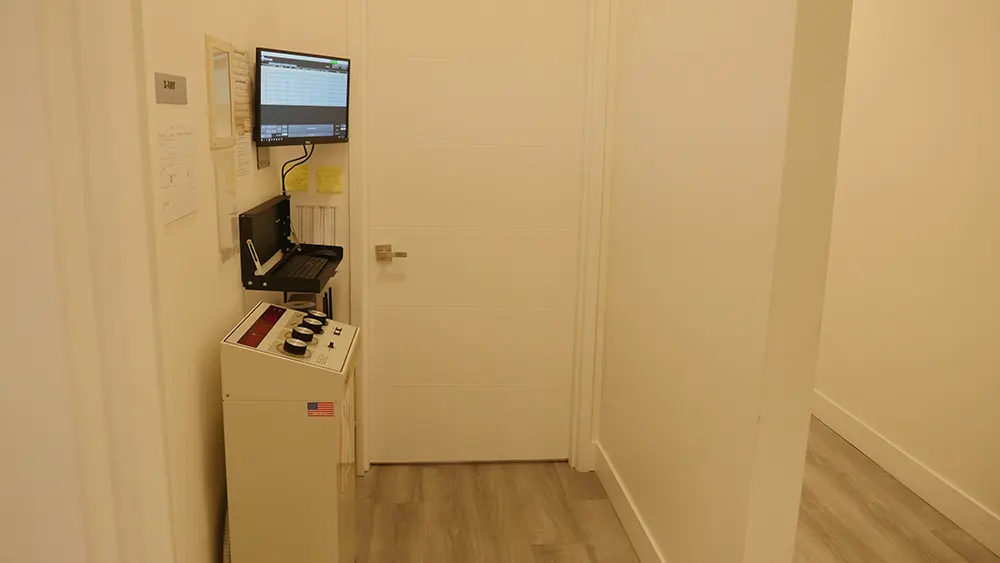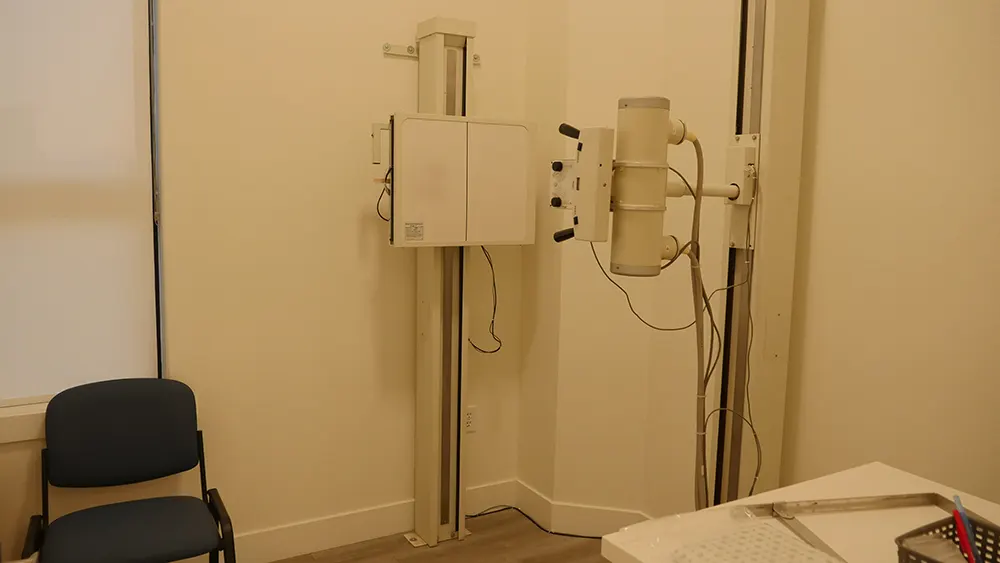
Mastering Proper Posture: A Guide to Postural Correction
Envision yourself from a side perspective. Ideal posture aligns your ear directly over your shoulder, your shoulder over your hip, your hip over your knee, and your knee over your ankle.
When seated, your feet should rest flat on the floor, and your knees should be approximately level with your hips. Aim to sit upright with your back aligned against the back of the chair. If your lower back doesn’t make contact with the chair, using a support or small cushion can provide additional comfort and proper alignment.
Assess Your Posture: Identifying and Correcting Misalignments
To pinpoint your posture issues, start by having someone photograph you from the side while you are in your usual seated and standing positions. Compare these photos to the ideal posture described earlier.
At our office, we use a specialized iPad-based system called PostureScreen for this analysis. This tool helps us detect any deviations from optimal posture and track your progress as you undergo treatment and improve your alignment.
Regular Posture Checks: Simple and High-Tech Solutions
To maintain good posture, frequent reminders can make a big difference. While there are advanced options like wearable devices that vibrate when your posture shifts, simpler methods can be just as effective. Consider placing a sticky note on your computer screen or setting reminders on your phone throughout the day to prompt regular posture checks.
As you continue to monitor your posture daily, schedule a new side-view photo session every 4-6 weeks to assess your overall progress and see how your posture has improved.
Strengthening Postural Muscles: Tailored Solutions for Common Posture Issues
Addressing postural issues often involves focusing on specific muscle groups. An experienced chiropractor, physical therapist, or trainer can create a customized plan for you, but here are some general approaches for common posture problems:
1. Forward Head Posture (Tech-Neck): If your head juts forward of your shoulders, this condition can be addressed by strengthening your neck extensor muscles and upper back muscles. Exercises targeting these areas can help correct the forward head position.
2. Rounded Shoulders and Exaggerated Upper Back Curve: If your shoulders roll forward and your upper back appears overly curved, focus on strengthening your upper back muscles and the rhomboids (muscles between your shoulder blades). This can help realign your shoulders and improve posture.
3. Low Back Posture Distortions (Sway Back and Flat Back): These conditions often stem from imbalances in the abdominal, low back, quadricep, and hamstring muscle groups. Targeted exercises for these muscle groups can help correct sway back or flat back posture.
Each individual’s posture issues can present unique challenges, but with consistent effort and proper awareness, significant improvements can be made. Good posture not only helps alleviate spinal pain, headaches, stress, and anxiety, but also enhances balance, coordination, breathing, and athletic performance. Begin with these tips and consult with our chiropractors at Life Chiropractic & Acupuncture.






